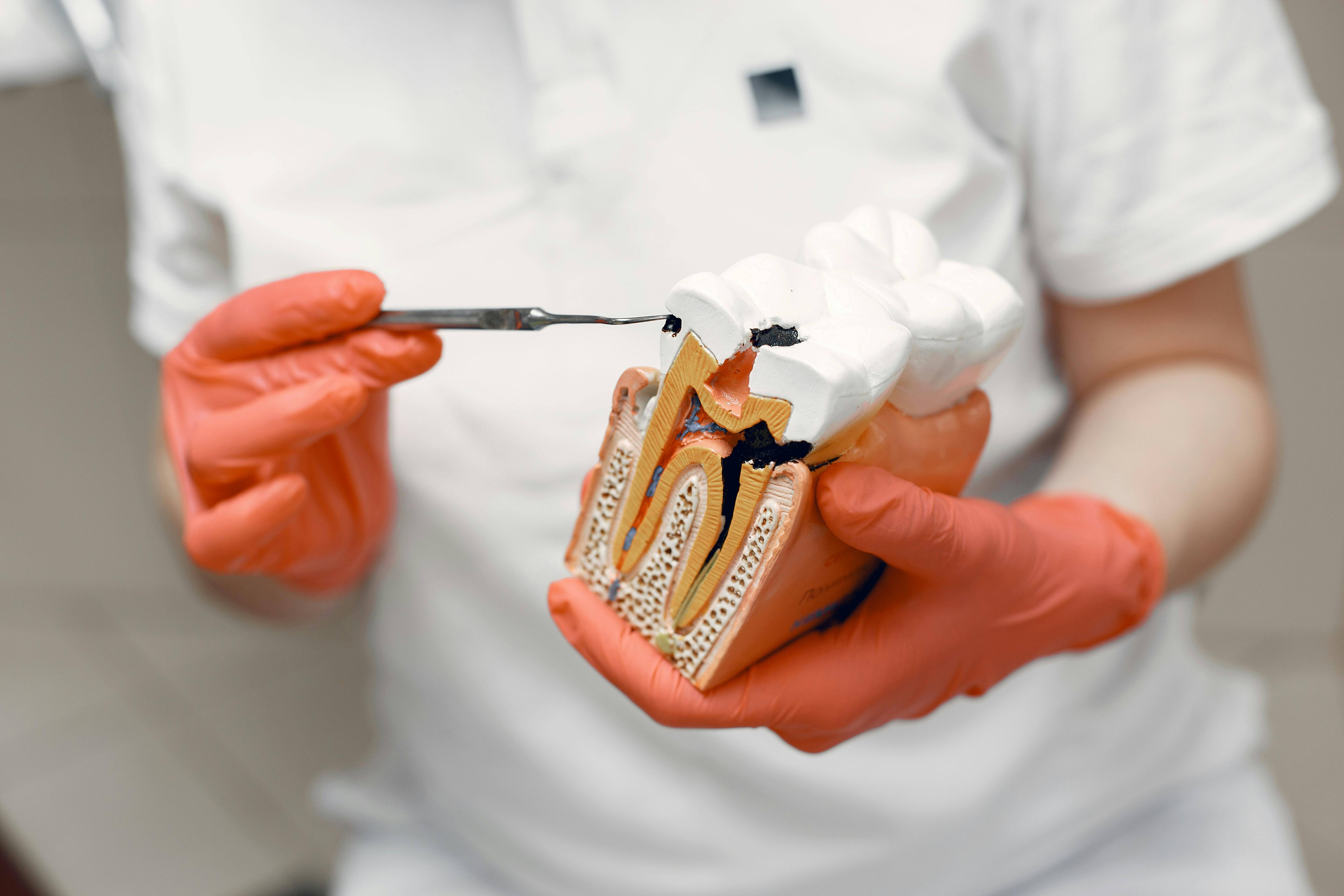NYC Smile Design - BLOG - What You Need to Know About Enamel Defects
June 13th, 2012 | 2 min read

Your enamel is the hardest part of your body, and serves to protect the internal structure of your tooth. It is very important to preserve enamel because once it’s worn down; the only way to rebuild the structure of your tooth is by using veneers. When your enamel is worn down, it exposes your dentin, which contains the nerves and the blood supply for your tooth. Worn-out enamel also exposes your teeth to bacteria. Given that your mouth is the gateway to your health, it is crucial to avoid any kind of infection; it can make its way to your bloodstream and might cause other health issues like heart disease. Thus, it is in your best interest to avoid enamel defects, and if you notice your enamel starting to wear off, you should contact your dentist immediately.
Below are four causes of enamel defects:
1) Bulimia and Acid Reflux: These are very destructive to the enamel. Slowly, they erode the enamel away from the teeth at the gumline, or sometimes at the back of the teeth, where it is not visible. Teeth will slowly get thinner and thinner and chip away very easily. This not only causes esthetic problems– it causes functional problems as well. If this destructive process is not corrected, the bite can collapse and cause severe jaw problems. If spotted early enough, bonding can be done to cover exposed areas of teeth. If more than 25% of the tooth has eroded, porcelain veneers should be designed to protect the underlying dentin and correct the bite problems that may have occurred. Ultimately, if the acid level in the mouth remains elevated, it should be regulated by a gastroenterologist.
2) Swimmers: Swimming in overly chlorinated pools can wear away the enamel in people who swim frequently (i.e. daily). There are severe cases of this. It is recommend that you have your teeth checked often, and let your dentist know that you swim in a chlorinated pool. Swimming with a well-adapted and custom-fitted mouth guard can minimize exposure of teeth to chlorine.
3) Enamel/Dentin Hypoplasia: Localized enamel hypoplasia refers to individual teeth that have hypoplastic, hypocalcified or hypomineralized areas on a tooth resulting from infection or trauma. It can vary from a mild to a severe form in which pitting and irregularity may be extensive in the crown. Developmental (amelogenesis imperfecta), systemic disturbances and nutritional deficiencies during infancy or metabolic disturbances during prenatal or neonatal life can cause hypoplasia. Tetracycline exposure, excessive ingestion of fluoride and high body temperature (fever) have also been implicated in enamel defects. Treatment options include crowns and veneers (if enough enamel remains) to protect the teeth from chipping and breaking as well as to improve overall esthetics, reduce sensitivity and restore function.
4) Soda/Citrus Drink Overuse: One of the ingredients in soda drinks (diet Coke, Pepsi, Mountain Dew, etc) is phosphoric acid. Phosphoric acid is caustic to enamel. Citrus drinks have citric acid in them which is also caustic to enamel. Bathing the mouth in orange juice or soda, especially when sipping it slowly and allowing it to stay in the mouth too long can cause the enamel to slowly wear away. Sucking on lemon wedges is also a way to break down the enamel on your teeth. If too much breakdown of enamel occurs, we have to consider treatment options to rebuild the lost tooth surface and the resultant sensitivity, loss of function and loss of esthetics
Topics:

